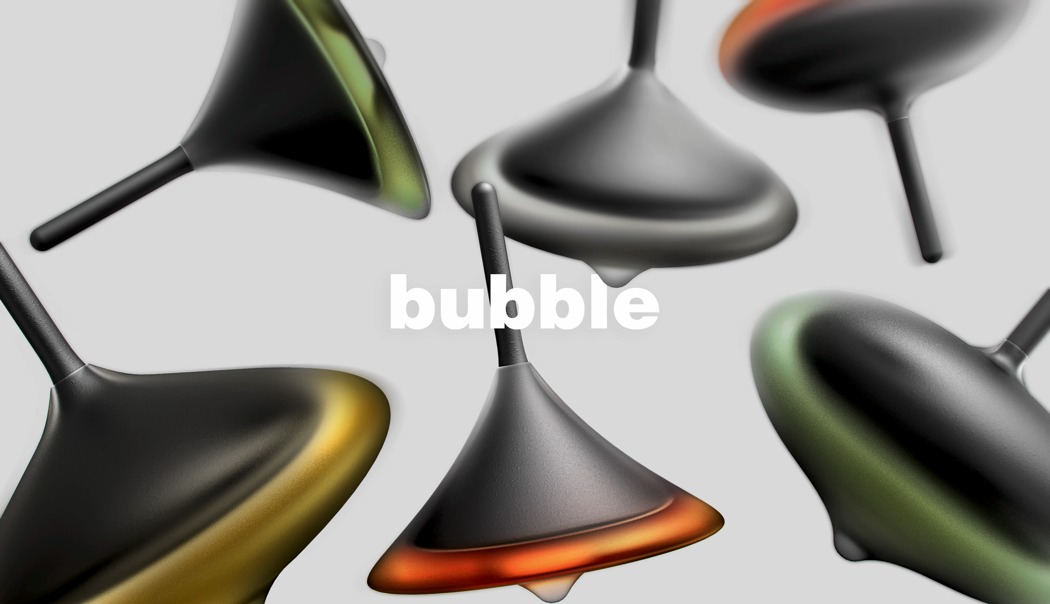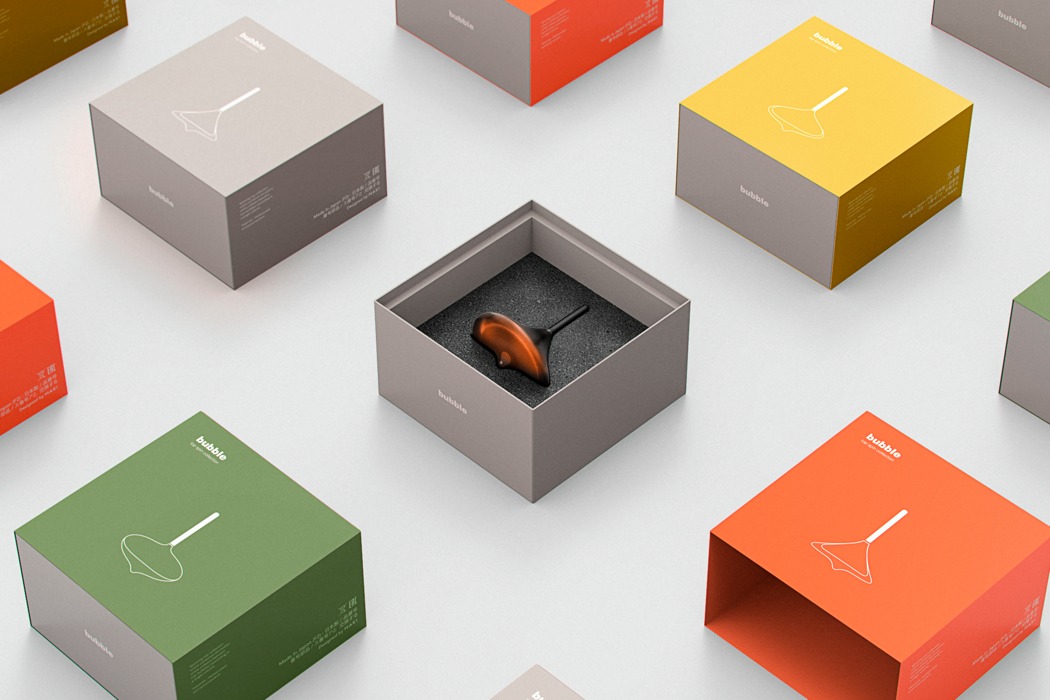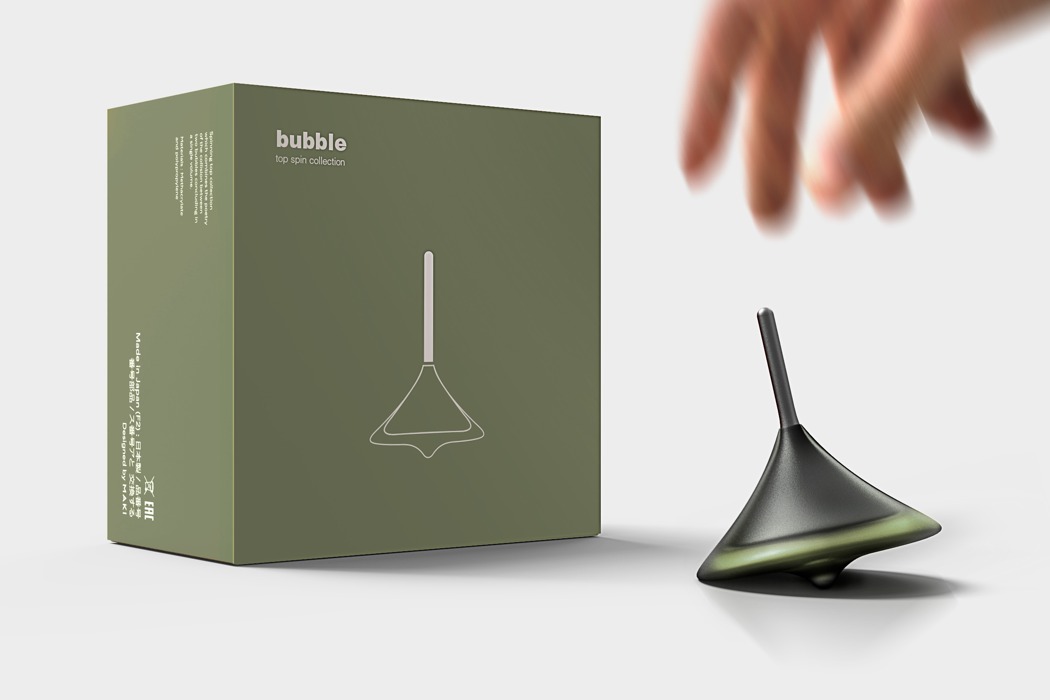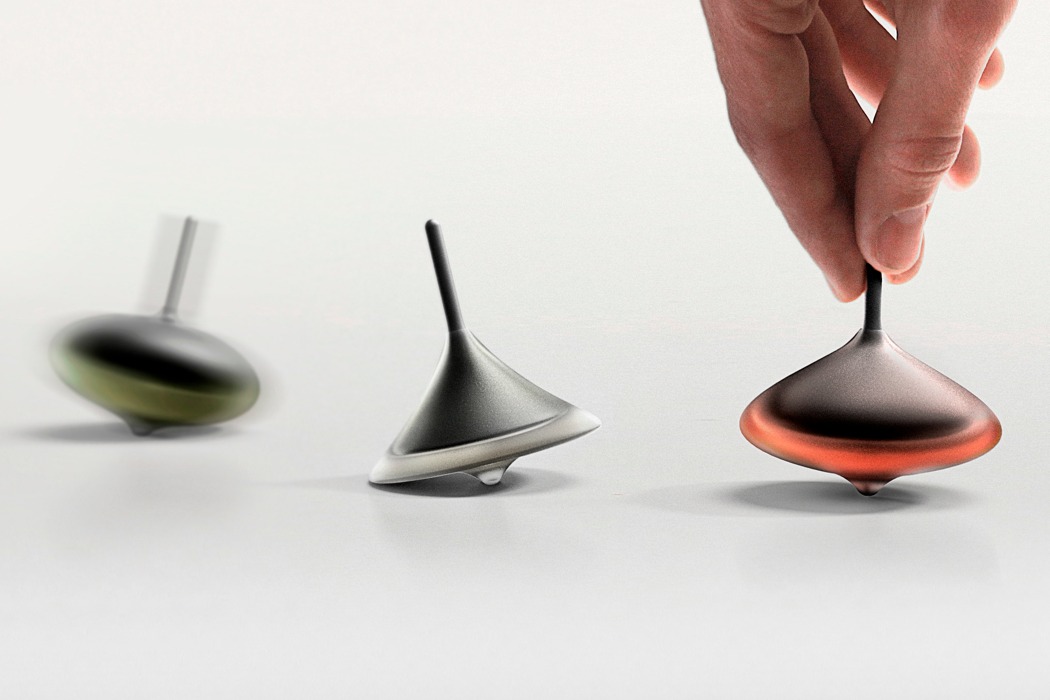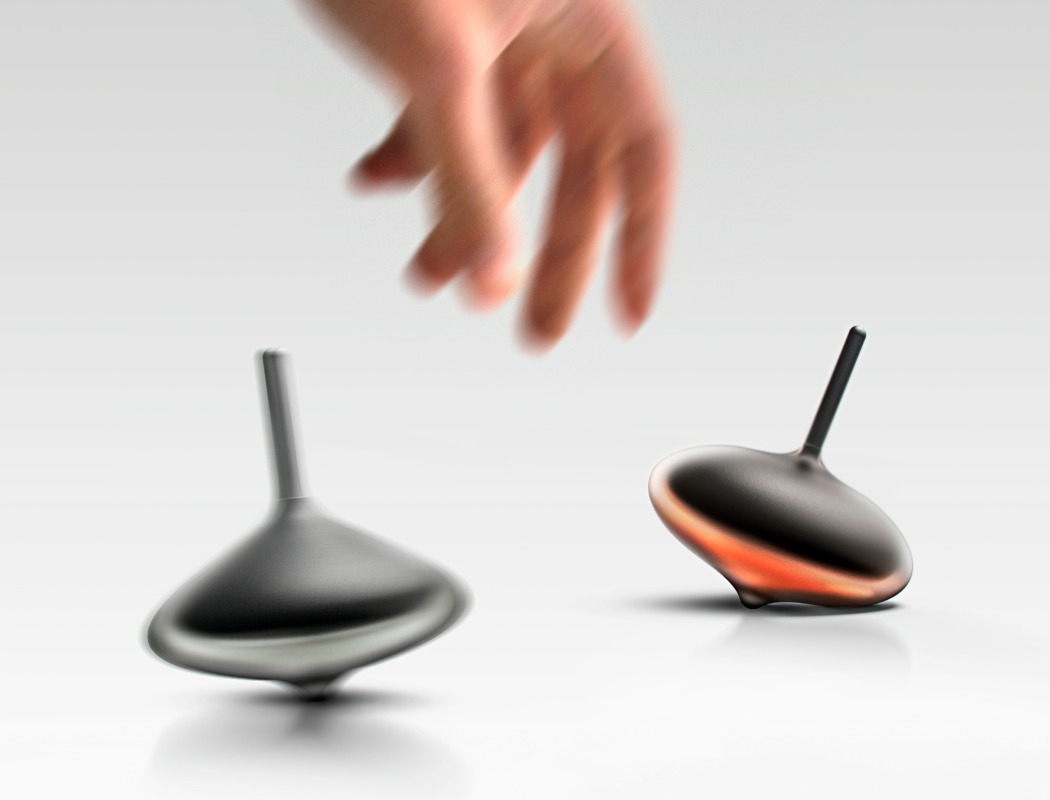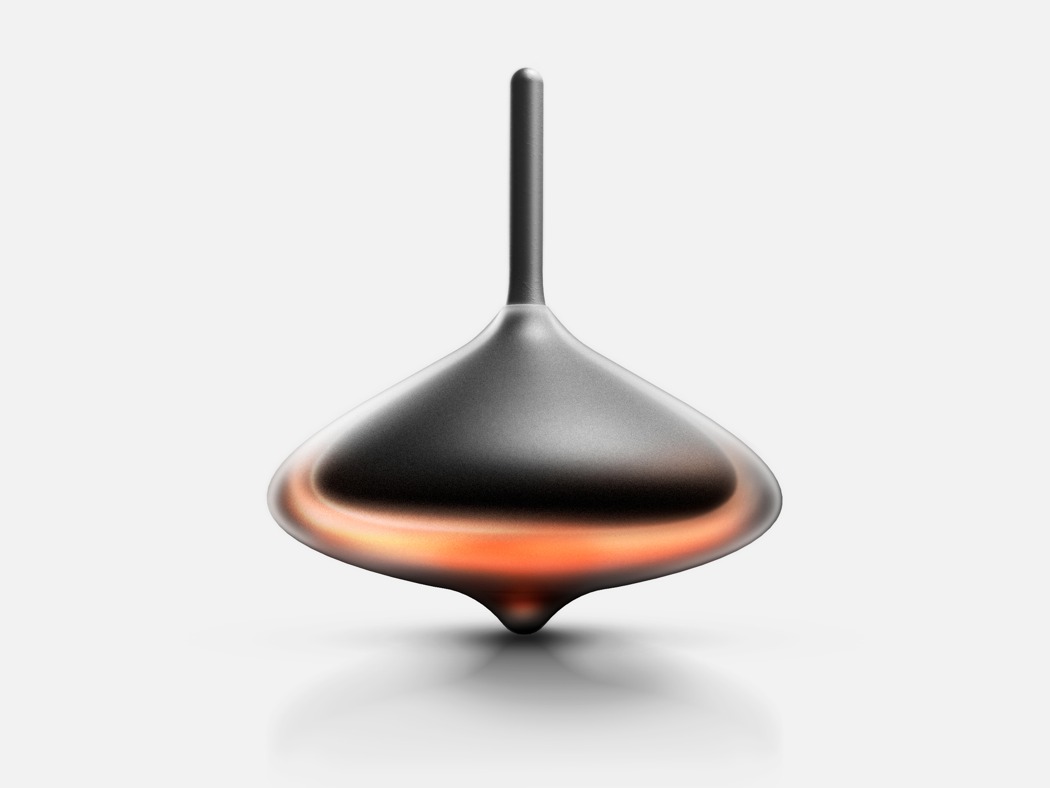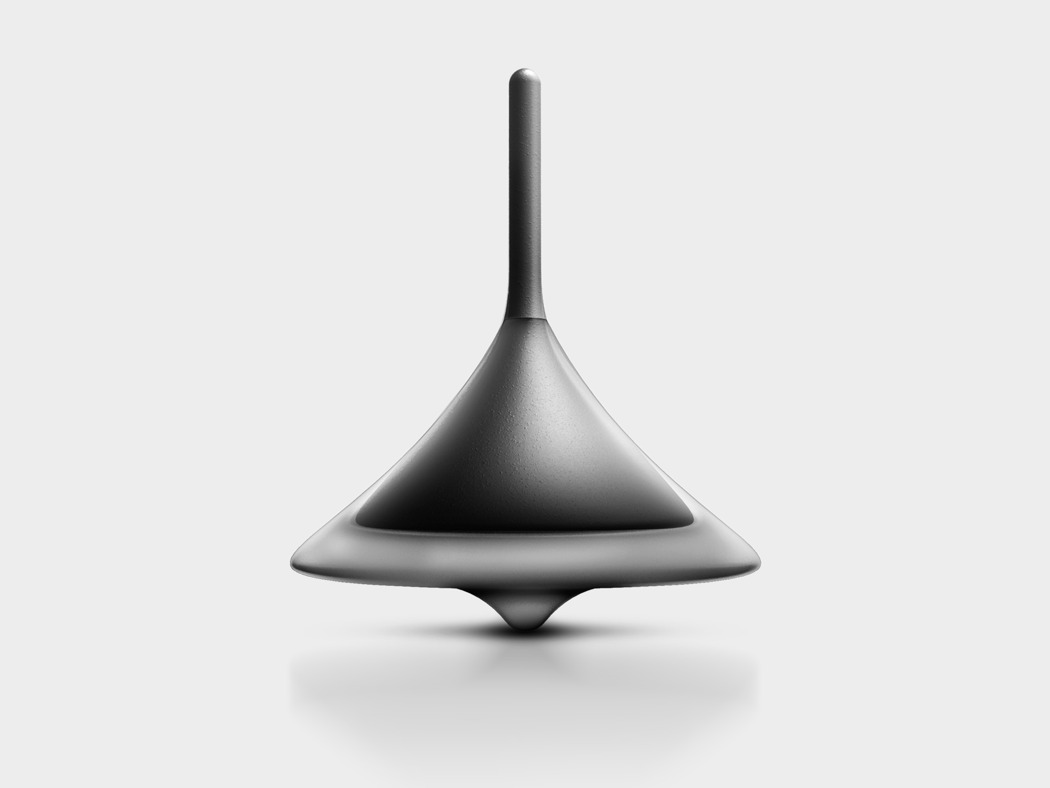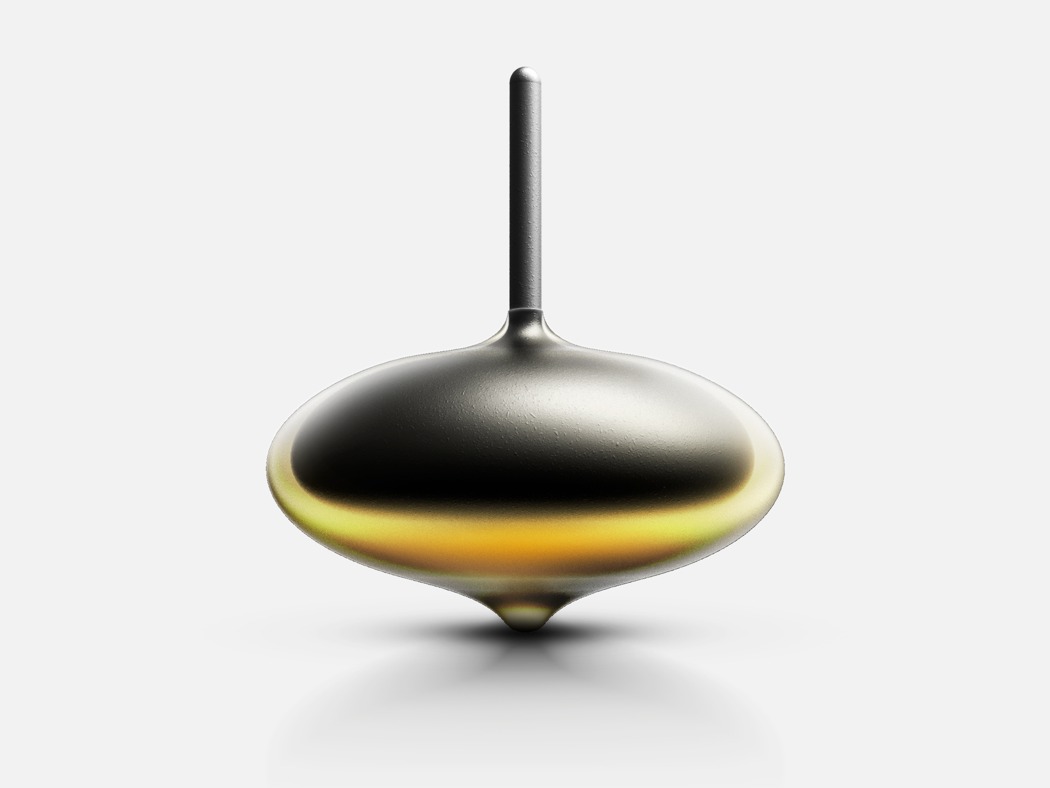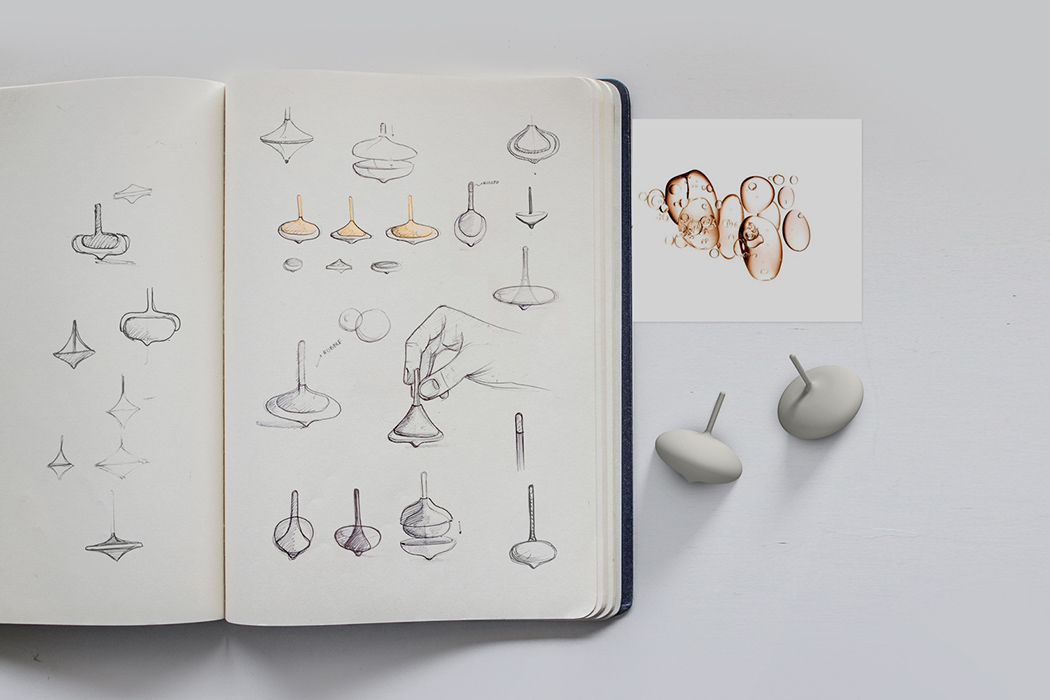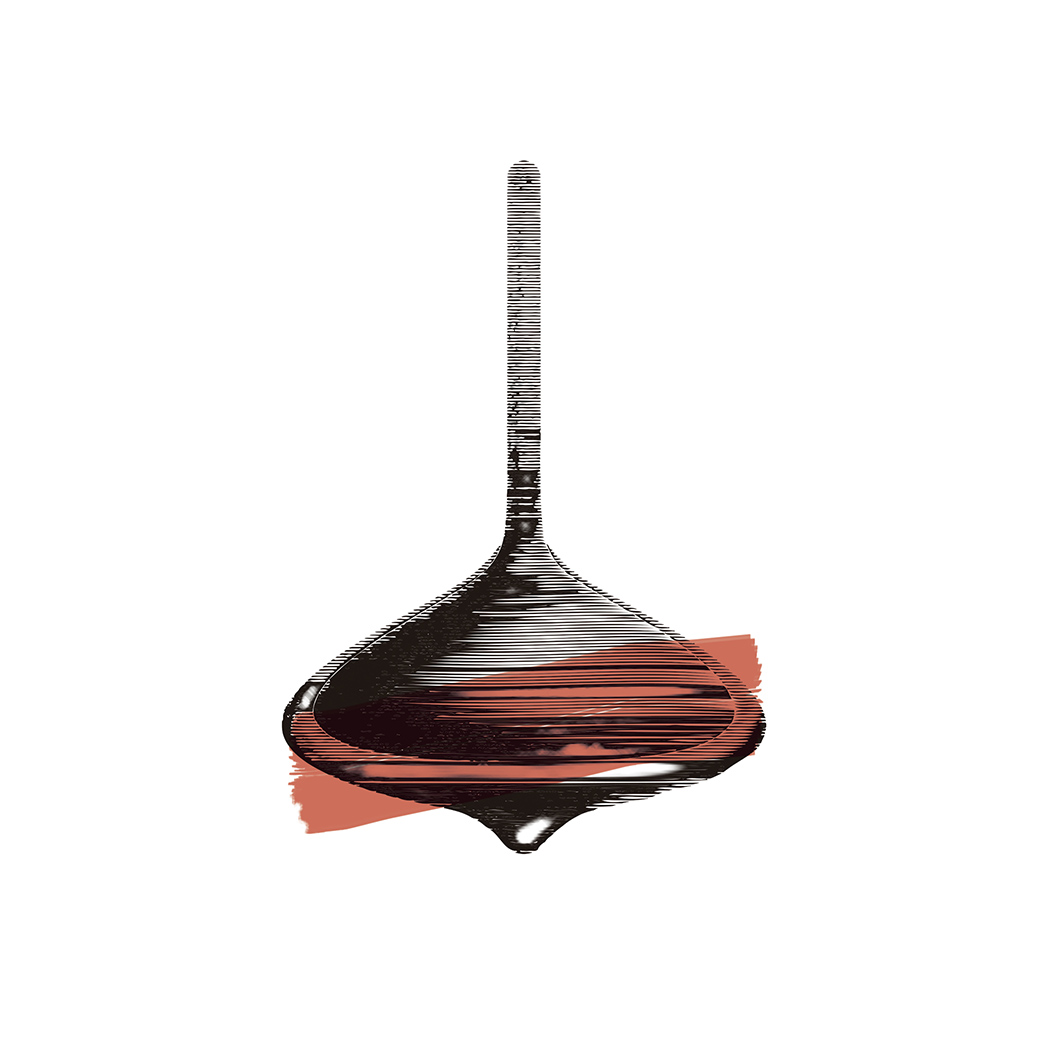
Nothing beats a plate of sushi, dipped in some soy with a pop of wasabi, according to me. It’s my all-time favorite food, and it’s quite exciting to see designers drawing inspiration from it! Jin Kuramoto’s modular chair Maki, has derived its name and inspiration from the Maki roll. I wonder what a furniture design inspired by Nigiri would look like!
The Maki easy chair is a simple and minimal piece with a rather interesting curved backrest. Not to mention the backrest is hollow! Though the hollow backrest is a tad bit unconventional and caused a few production challenges, in the end, its unique and innovative form is quite eye-catching! The chair can either be a lone wolf, serving as a solo seating space for one, or it can be joined with multiple other Maki chairs. They can be either combined in one single row or positioned such that they face different directions. The intriguing hollow, on the other hand, can double up as a place to stash my books, a throw or even make space for the pet babies who need to be close to you!
Kuramoto’s aim was to create something iconic and memorable, but at the same time fairly simple. The chair also derives inspiration from minimalism and rationalism, creating a diverse design that can be used in different spaces whether it’s at home or in your office. Though Maki’s modularity and flexibility are undoubtedly its highlights, for me the fact that it’s named after my favorite dish got all my attention in the first go!
Designer: Jin Kuramoto for OFFECCT

















